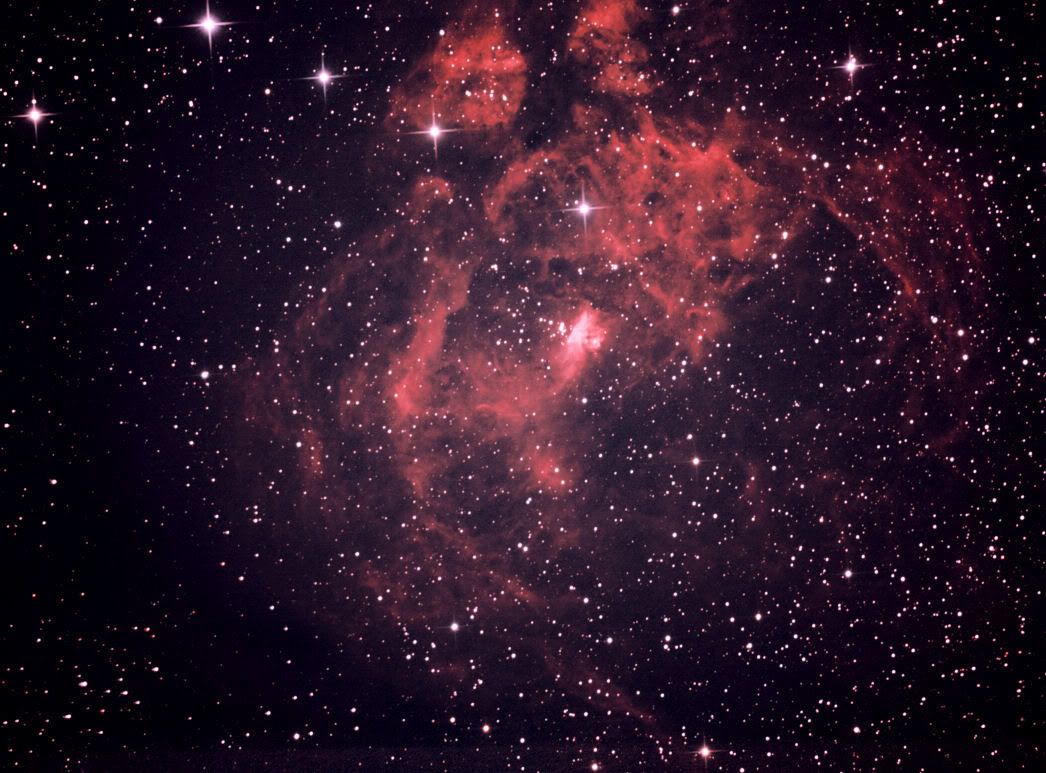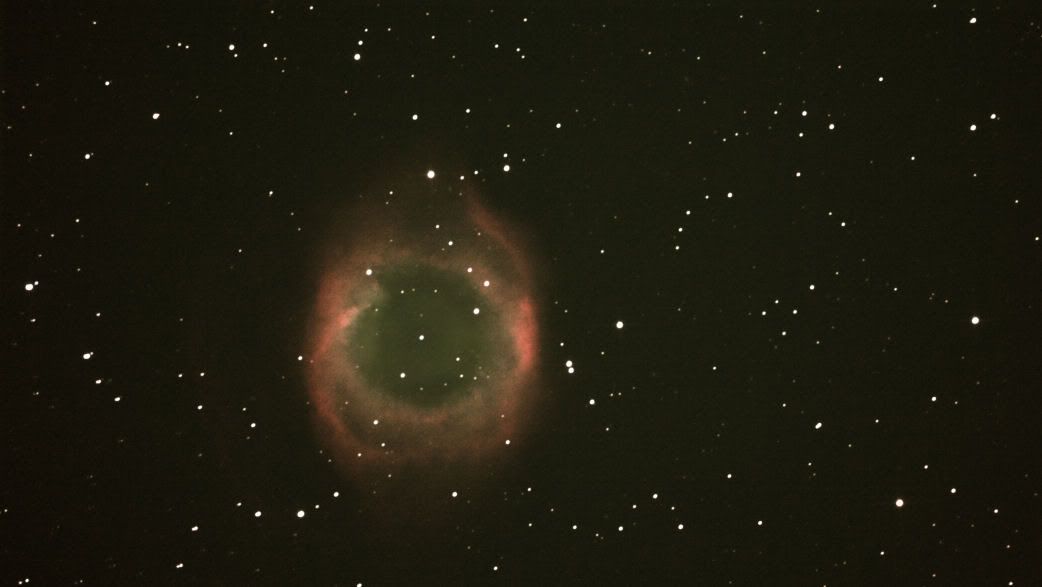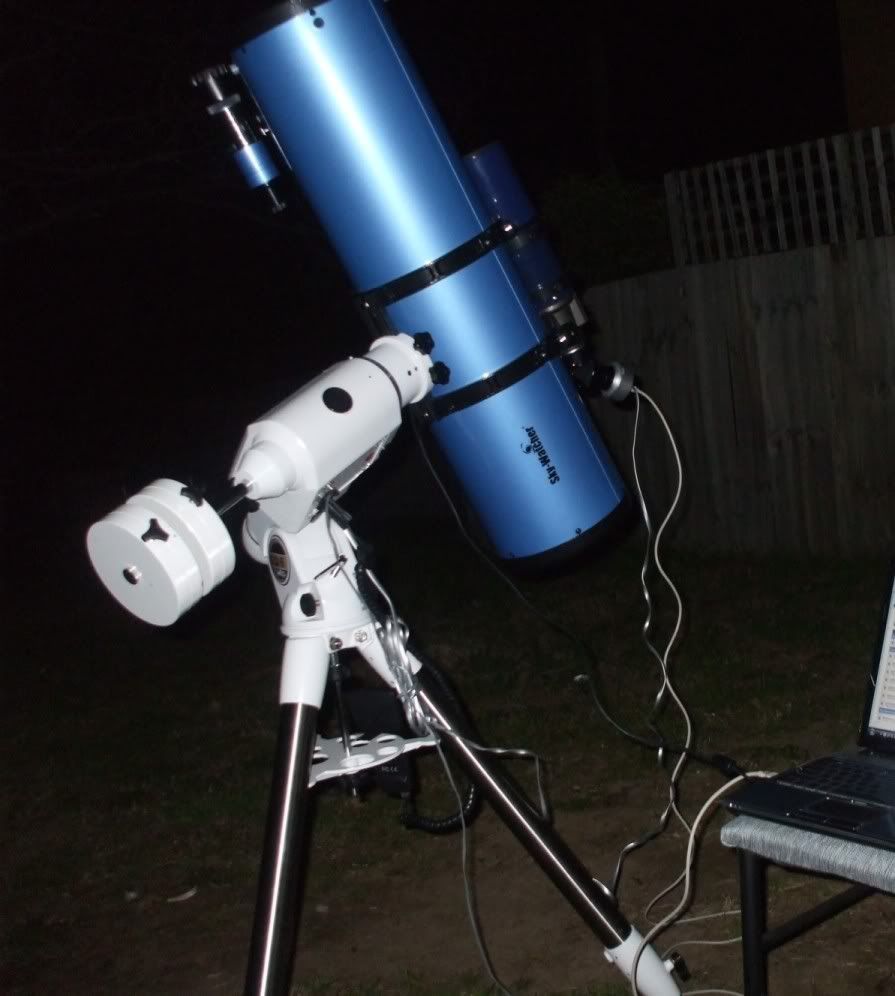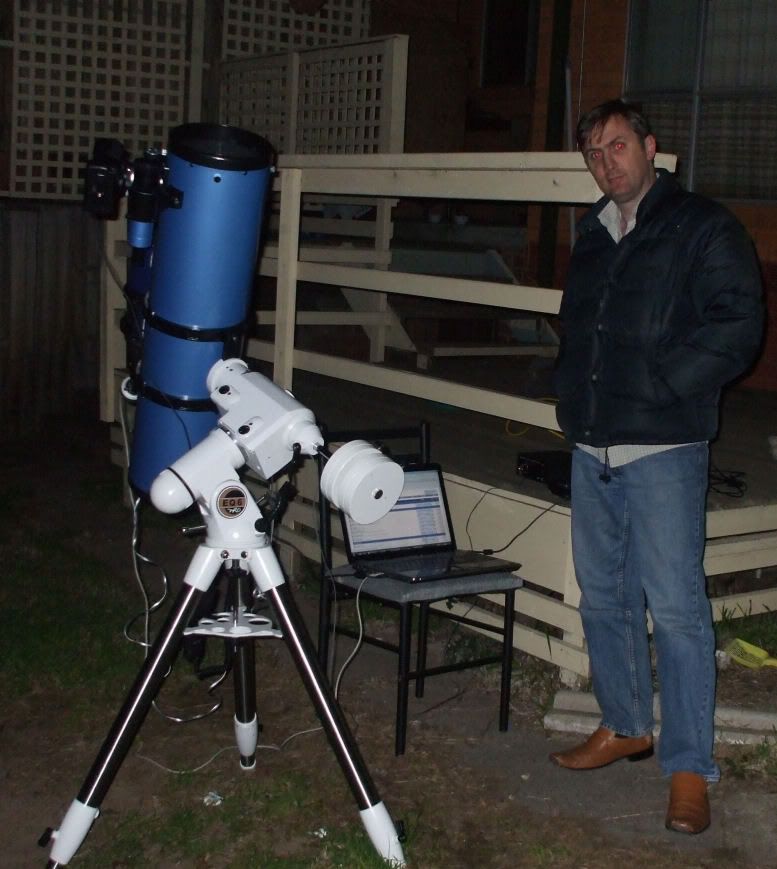Soldato
Anyone here do astrophotgraphy? Here are some images i have taken, not fantastic, but not bad either, i use a Canon 1000D, through a Baader MPCC to correct coma, on a 200mm Newtonian F5 OTA, on an EQ6 mount, guided with PHD through an ST80 F4 refractor, using an Orion starshot Auto Guider.
NGC6357, Nebula in Scorpio, known as "The Lobster Nebula" i remember it doesnt rise in the UK, being just below the horizon, this is a stack of around 40*10min lights, with darks and flats.

M8, The Lagoon Nebula in Sagittarius, this one does rise in the UK, although not terribly high above the horizon, this was 20*6min lights, with darks etc.

NGC 7293, known as The Helix Nebula in Aquarius, this is a gas shell from a dying star, and is one of the more closer planetary nebulas to us, at 6,500 light years.

M16, known as The Eagle Nebula in Northern Sagittarius/Scutum. This is a massive region on dust and gas where stars are born

The moon! rising over the hill, and shinging through some ghost gum trees

hope you like, if anyone else takes any astropics, then it would be great to see them
thanks

NGC6357, Nebula in Scorpio, known as "The Lobster Nebula" i remember it doesnt rise in the UK, being just below the horizon, this is a stack of around 40*10min lights, with darks and flats.

M8, The Lagoon Nebula in Sagittarius, this one does rise in the UK, although not terribly high above the horizon, this was 20*6min lights, with darks etc.

NGC 7293, known as The Helix Nebula in Aquarius, this is a gas shell from a dying star, and is one of the more closer planetary nebulas to us, at 6,500 light years.

M16, known as The Eagle Nebula in Northern Sagittarius/Scutum. This is a massive region on dust and gas where stars are born

The moon! rising over the hill, and shinging through some ghost gum trees

hope you like, if anyone else takes any astropics, then it would be great to see them
thanks






